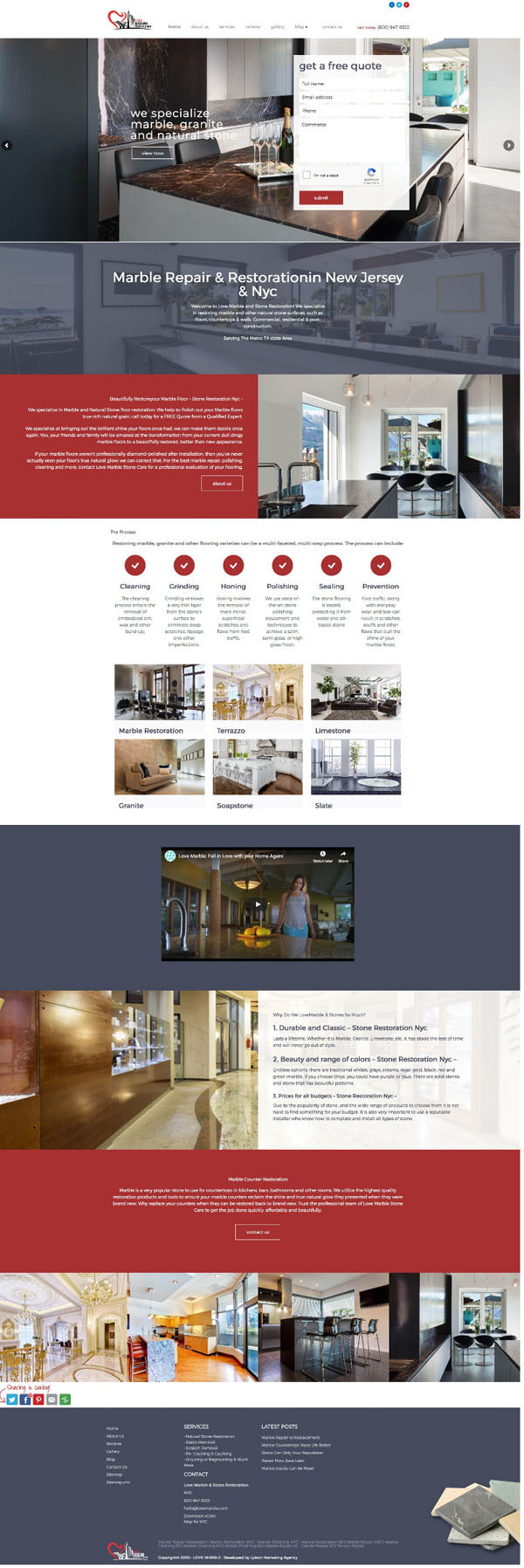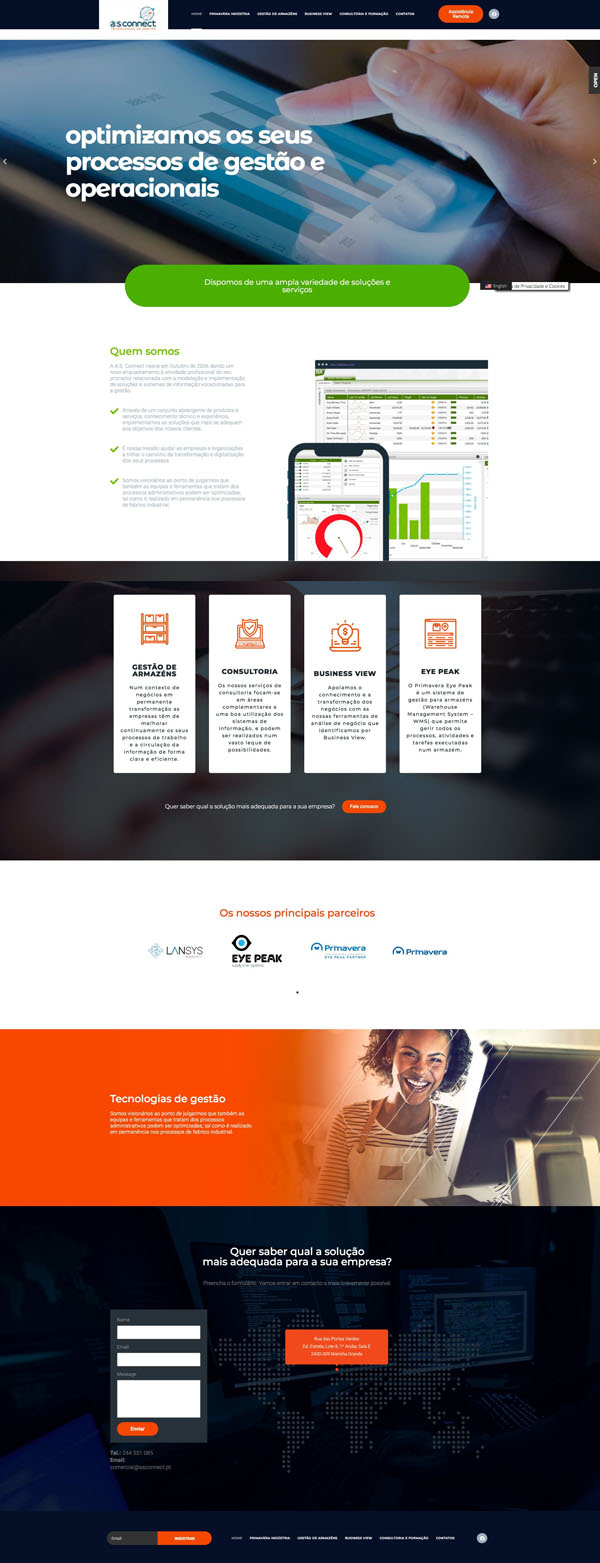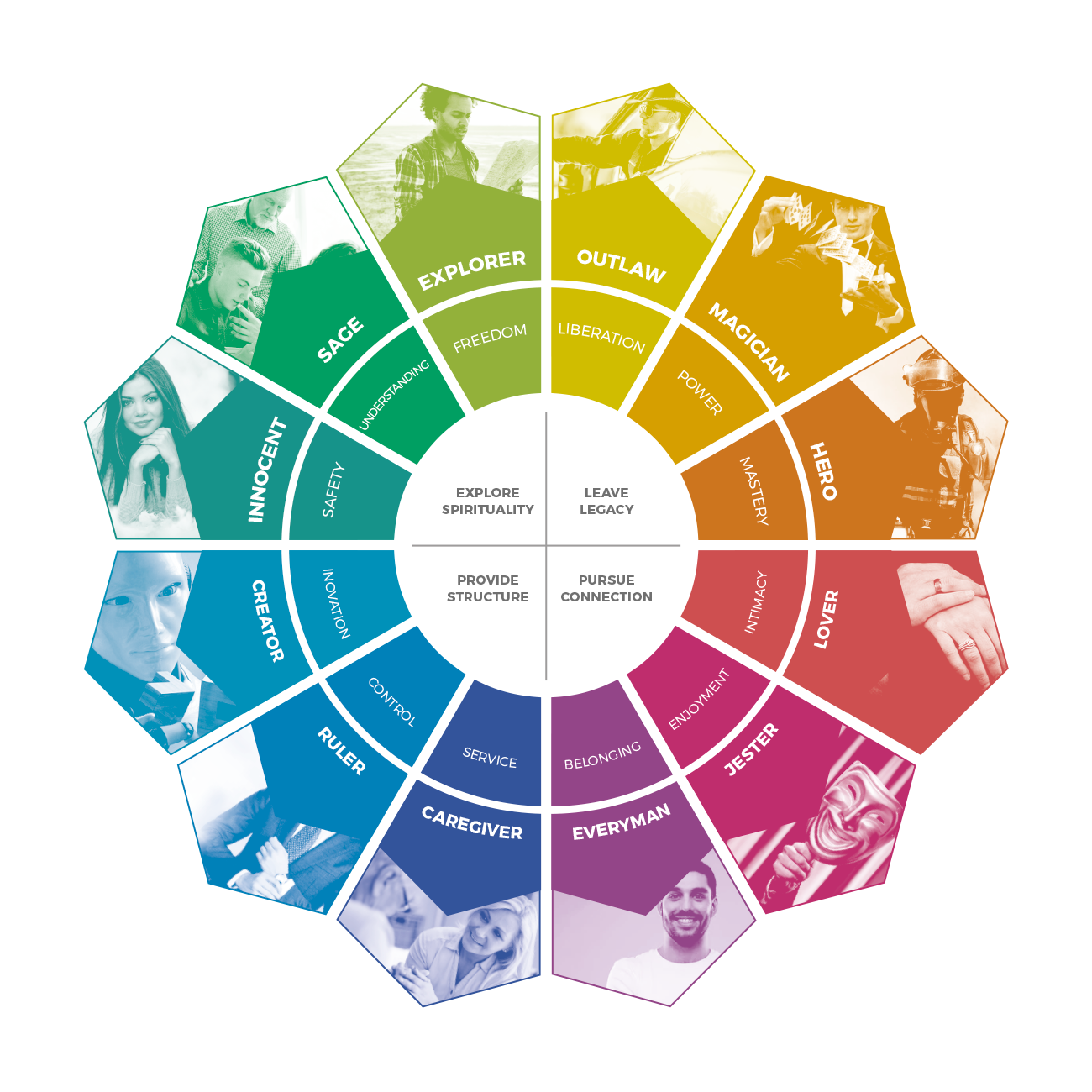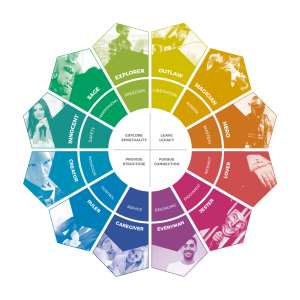
Have you ever heard the term “reverse engineering”? It refers to the process of figuring out how something works in order to replicate it for yourself.
For example, let’s say Ford wants to design an electric vehicle that is comparable to the popular Tesla EV sedan. Their engineers might begin by examining a Tesla and discovering what makes it so appealing to buyers, then designing their own unique vehicle based on their findings.
In a weird way, internet marketing works the same way. If you want a successful brand, product campaign, or another online outcome, you don’t have to reinvent the wheel. Instead, find something that works and then use it as a model for yoiur own strategy.
Work Backwards
It helps to work backward. What is the outcome you want? It could be more site visits, a larger customer base, more customer loyalty, or all of the above. The next step is to find an existing company that already has what you want. It could be in your industry or in a line of business completely unrelated to what you do.
Once you find a successful company that is getting the kind of results you want, reverse engineer their success to understand how they got there. Then all you need to do is replicate those steps by applying them to your business, making the necessary adjustments along the way, and you can achieve your goal relatively quickly.
Nothing New Under the Sun
Businesses model their success on other companies’ success all the time. It offers a fast track to success by building on what others already have done.
In the Bible, it says, “There is nothing new under the sun.” So even in the earliest times, people understood the benefits of picking the best elements of other people’s work and applying them to their own. Reverse engineering the successful results of an existing business offers a great starting point for your own campaigns.













 Have you run out of ideas for promoting your business? We have one and it’s a good one: A lot of small businesses struggle to find new ways to make genuine connections with customers when they already have everything they need all along in their origin story.
Have you run out of ideas for promoting your business? We have one and it’s a good one: A lot of small businesses struggle to find new ways to make genuine connections with customers when they already have everything they need all along in their origin story.

